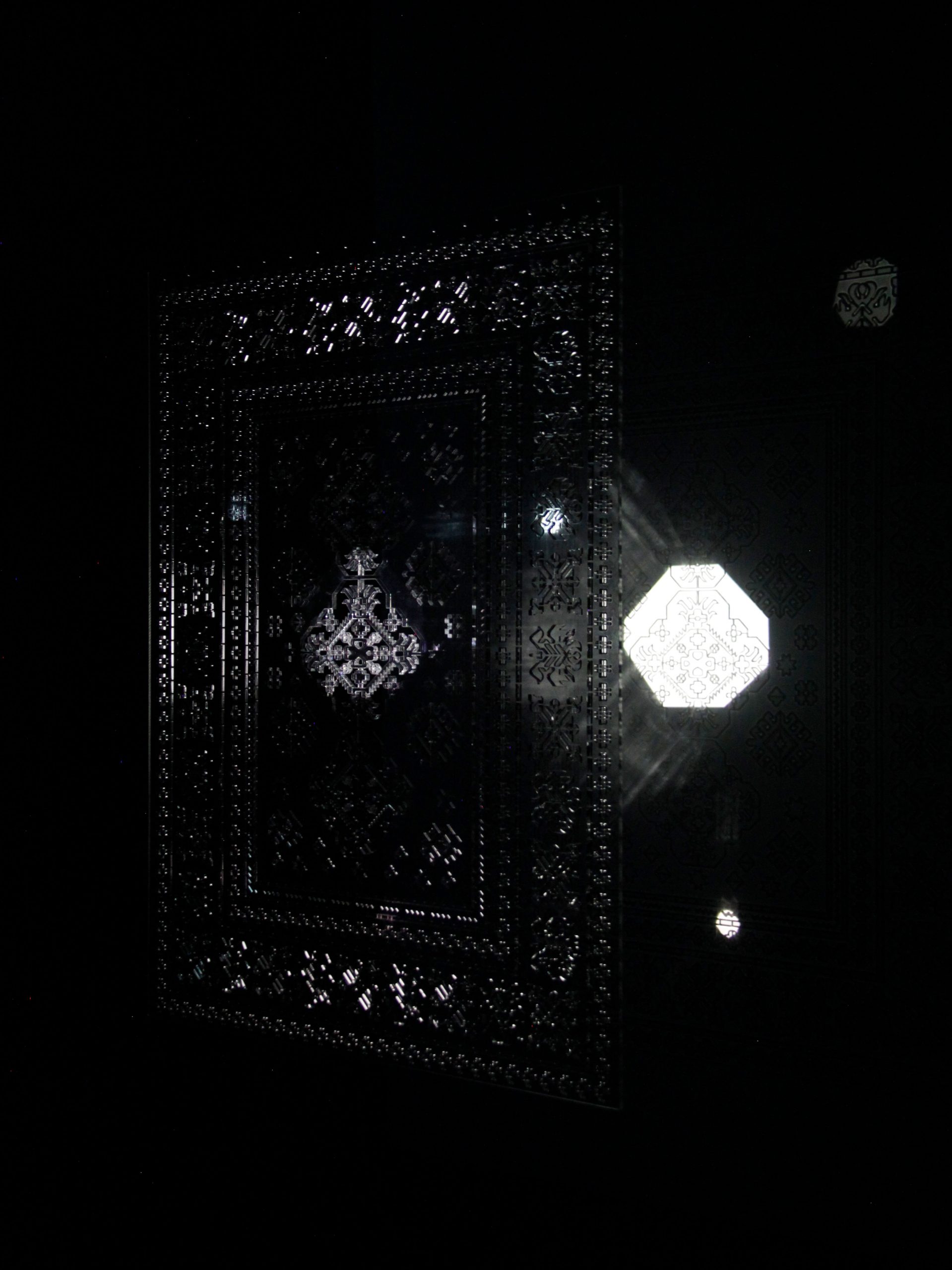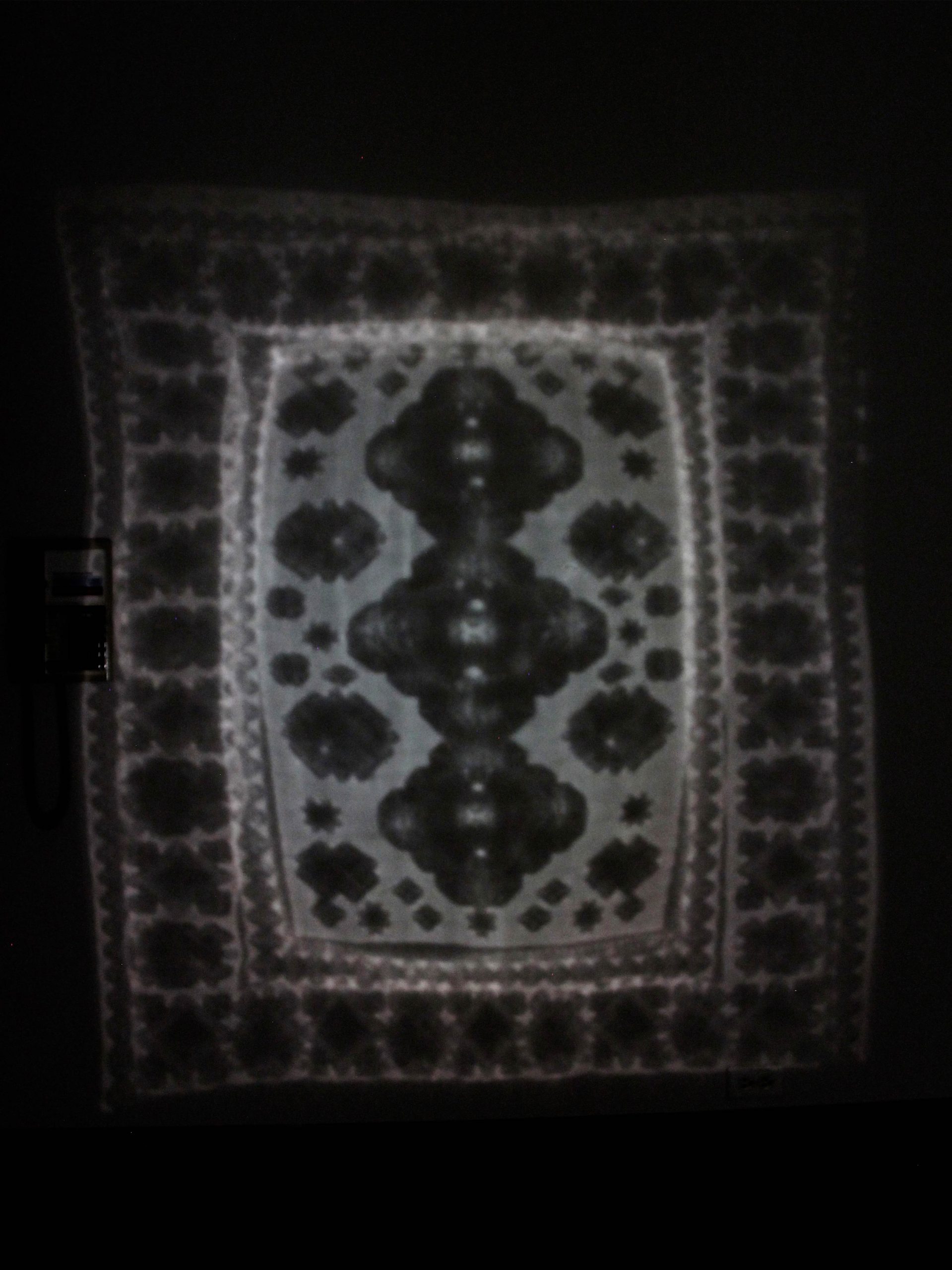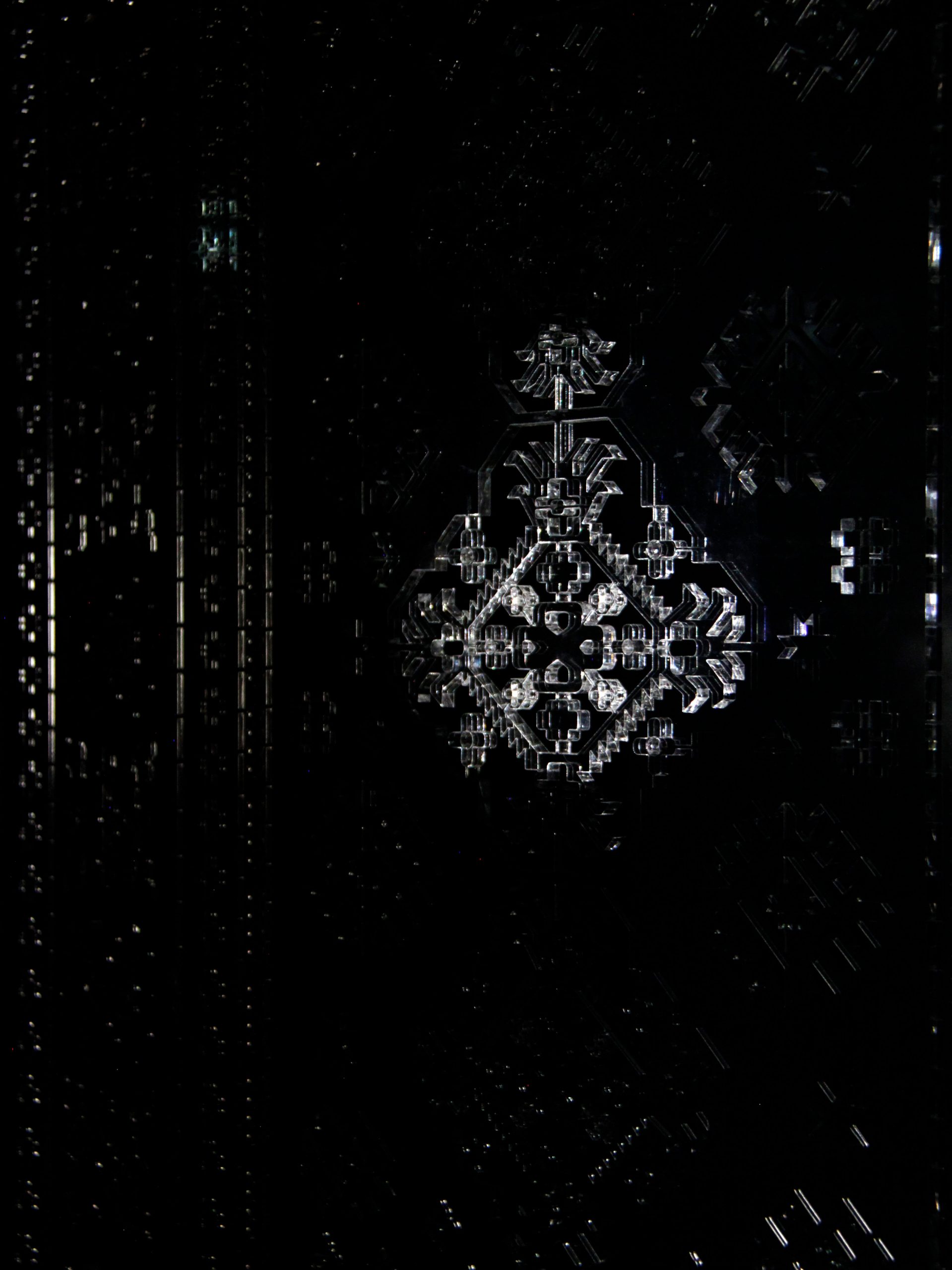Please click below to experience my new work, Occupied Vacancies, an interactive
experience about loss, absence, and navigating forgotten personal histories.
OCCUPIED VACANCIES
Occupied Vacancies, 2020, Pencil, tracing paper, scanner, Photoshop, and Javascript
I work with found family footage, photographs, and documentation to discover a sense of belonging, and to understand the components of both chosen and imposed identities. My investigations began with studying my family tree, to find that the names of women were excluded. I began navigating through archival materials and by addressing women in my past, beginning with my paternal grandmother. Using the only found footage of my grandmother, I explore the juxtaposition between reality and memory, truth and fiction, and space and time through rotoscope animation and light projection. I investigate the domestic space as an imposed environment for the female body, and how, through the larger context of the Palestinian-Israeli conflict, the domestic space transforms into a ‘waiting room.’ I’m interested in how this perpetual state of waiting manifests itself into the physical, direct environment of the domestic space, and how the objects, structure, and bodies begin to reflect on this state.
This project was meant to be experienced as a light projection installation in which the living rotoscoped figure of my grandmother is superimposed onto a laser-cut acrylic rug, drawn out of memory from my childhood homes, suspended through space. The “Oriental” rug, a product of a traditionally ‘feminine’ craft, defines the home, and a shared, communal space, and embodies both spirituality and nomadism. By drawing the rug out of memory from my childhood homes, I am exploring the transformative role of the rug as a metaphor for waiting – a state of limbo and in-betweenness – and the lack of closure stemming from unpredictable realities and unreliable memory. Through superimposing the image of my grandmother onto the surface of the rug (and as a result into the direct environment of the space), I aim to challenge the inflicted image of the female figure as a passive or dormant agency, silent or weak, either longing for the lover or awaiting a fate yet to unfold, by creating an ethereal lived-in space that is both inhabited by her memory and untold story, and by those that come next. Through its ethereality, unconventional material, and its suspension within the space, the rug reflects the juxtaposition between fragility and rigidity and creates a space for reflection and interaction that morphs and shapes according to the viewer’s perspective.
With the impact of the global pandemic and the shift in the processes of making and experiencing creative work, my approach to storytelling has shifted to a screen-based experience. Through this shift, I am curious how the images and stories we encounter virtually influence our consciousness and perspective? Are these narratives more impactful as they are encountered in this virtual setting rather than in a gallery space? Can they be more intimate and personal, or does their essence get lost within the virtual ether? What is the life expectancy of the images we see on a screen as opposed to a physical photograph? Are they really eternal? I continue to ask myself these questions and more as I navigate this new realm, and try to understand our new way of living as it relates to memory, familiarity, and archival preservation.


